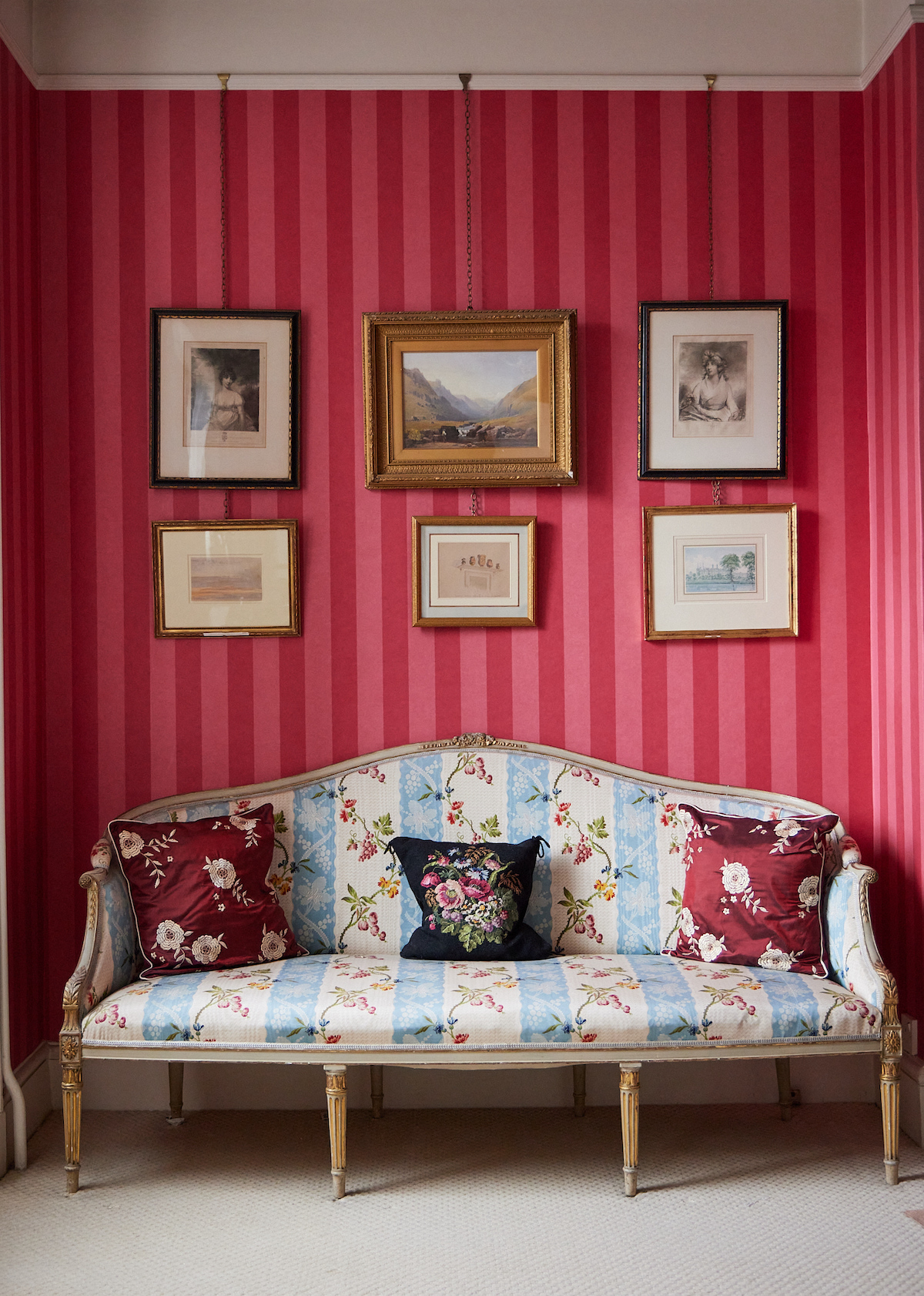Wimpole Street sale offers Georgian splendour
 A long-hidden family collection tucked away in one of the most historically preserved Georgian townhouses in London will go under the hammer at Dreweatts this month.
A long-hidden family collection tucked away in one of the most historically preserved Georgian townhouses in London will go under the hammer at Dreweatts this month.
Wimpole Street, in Marylebone was established at the end of the 18th century and is recognised today for its rows of stunning townhouses, many of which have been transformed into embassies, offices and private medical establishments over the years.

This particular house was a rare survivor among them and features original Neoclassical interiors that have remained untouched by the changes and tastes of later periods. The house was the backdrop for an exceptional private collection that was amassed over several generations by a discerning family, with a deep interest and pride in England, as well as a knowledge and appreciation of quality and provenance.

A preoccupation with outstanding eighteenth-century works and painstaking research on each, is evident throughout the collection. The house’s magnificent period rooms featured 18th-century furniture and its walls were adorned with spectacular paintings from the same period.
Joe Robinson, Head of House Sales & Collections at Dreweatts, said: “It is a privilege to offer this previously unseen family collection from one of the most perfectly preserved Georgian townhouses in London. We are delighted to be able to showcase this carefully curated collection, with an emphasis on provenance and quality, alongside exceptional craftsmanship, with many works by leading artists and makers of their day.”

The sale will take place on January 31, 2024.
Among the 18th-century British portraiture in the collection are works by pre-eminent artists such as Sir Joshua Reynolds (1723-1792), Scottish artist Allan Ramsay (1713-1784) and the English portrait painter, Sir John Hoppner (1758-1810). The collection also includes a selection of classic English furniture by some of the greatest makers, including Thomas Chippendale (1718–1779), Ince and Mayhew (a group of London cabinet makers and furniture designers spear-headed by William Ince (1737-1804) and John Mayhew (1736-1811) from 1759 to 1803), as well as pieces by the renowned English furniture-making company Gillows, based in Lancaster and London and led by the revered Robert Gillow (1704–1772).

Many of the works come with past histories from some of England’s greatest homes and esteemed families with outstanding collections, such as Badminton House, Clumber Park, Dyrham Park, Luscombe Park and even Windsor Castle. There are also pieces from more recent famed collections including the great American collector Henry Francis Du Pont (1880-1969), whose passion was early American furniture and decorative arts. His estate of Winterthur in Delaware, USA is now one of the world’s leading museums of American furniture and decorative arts.

